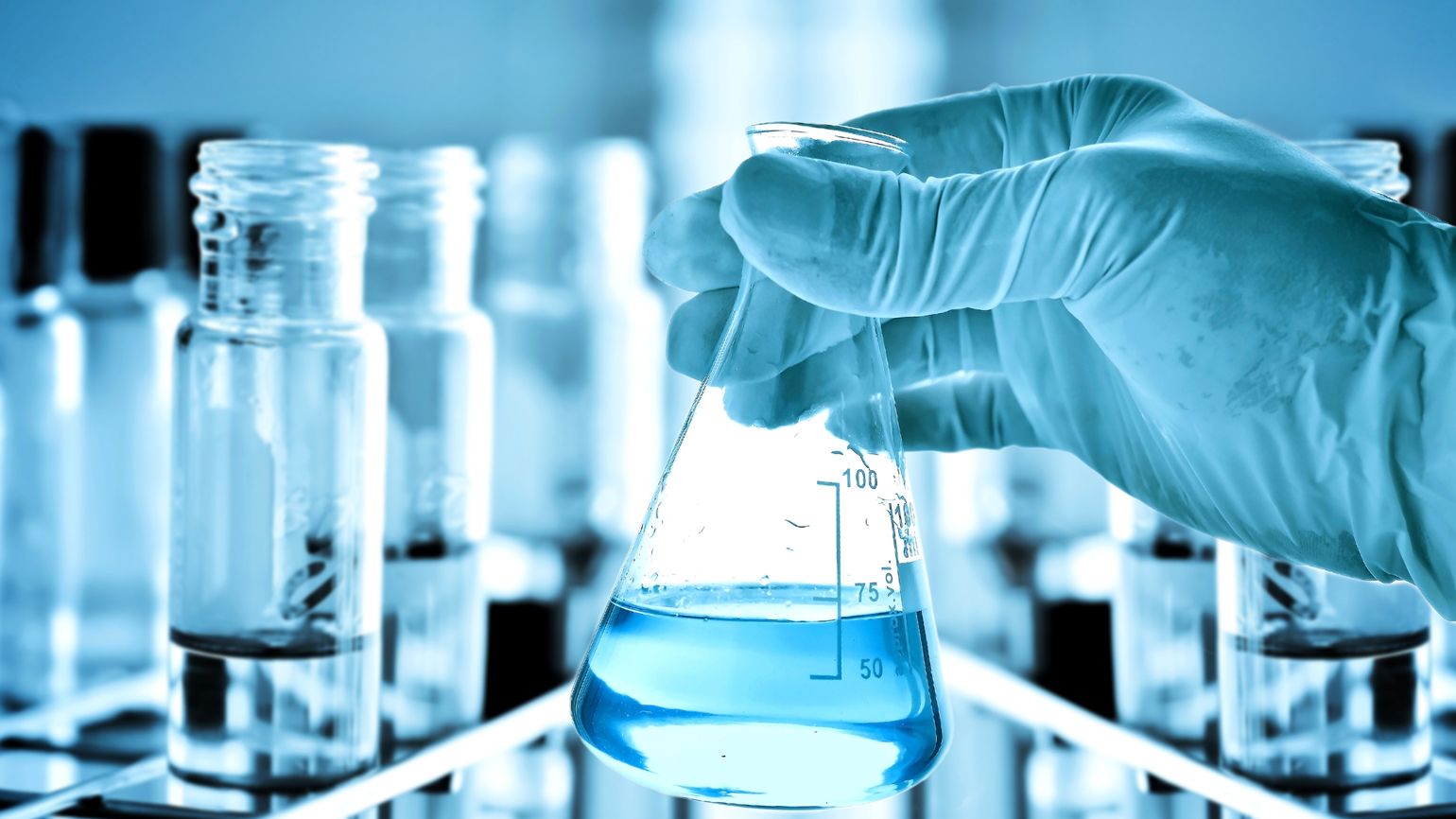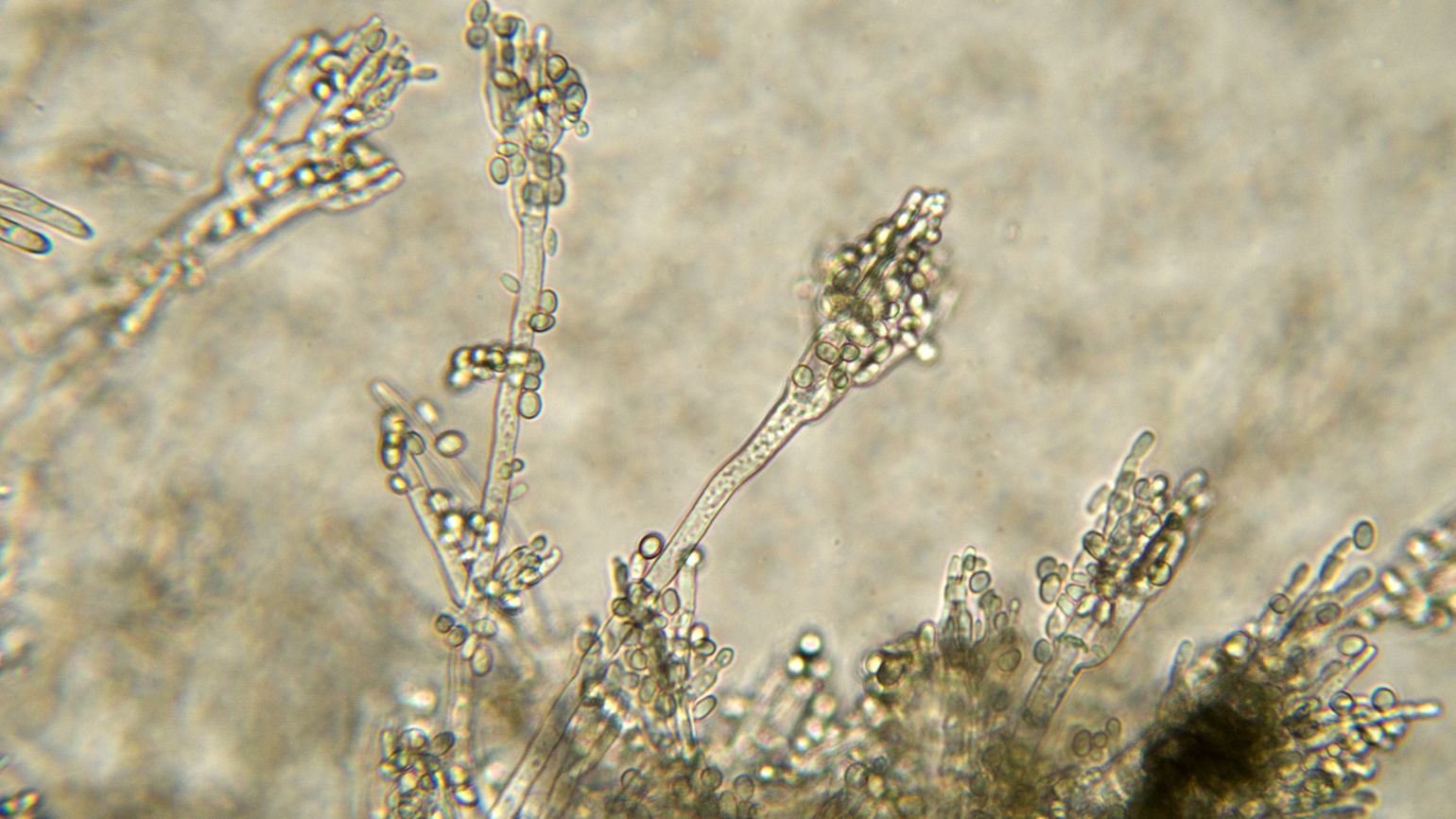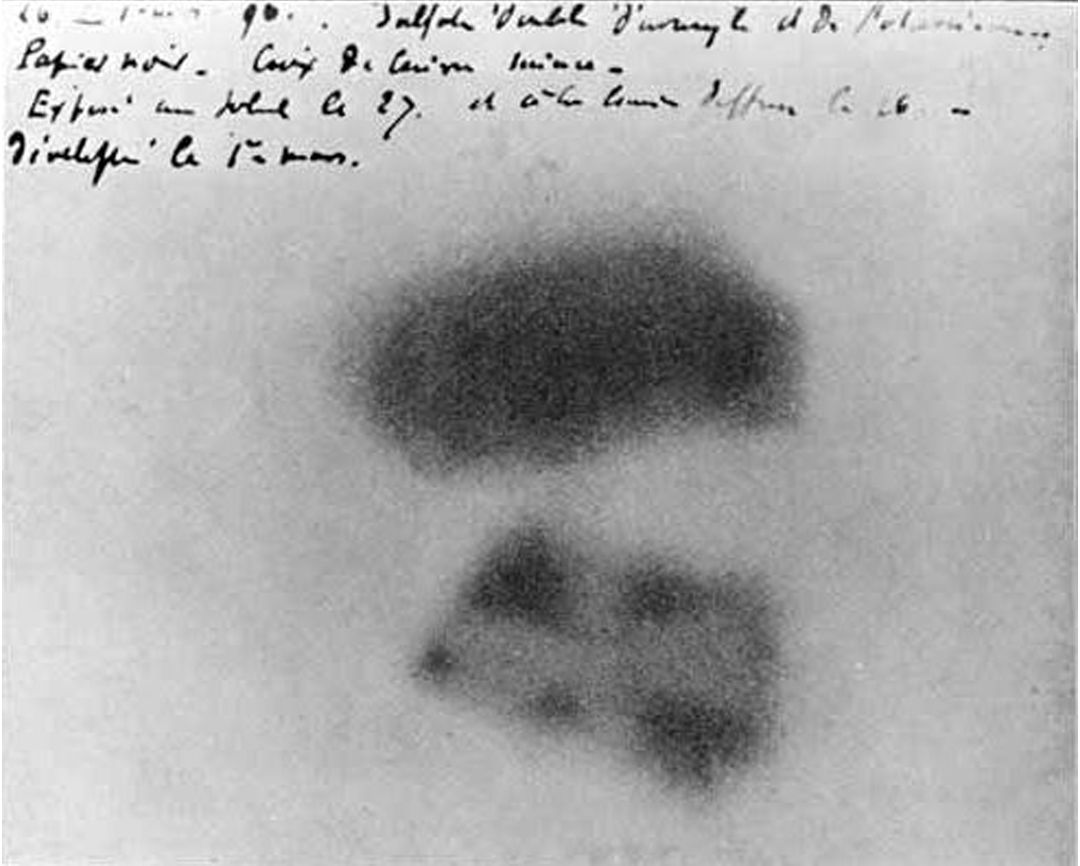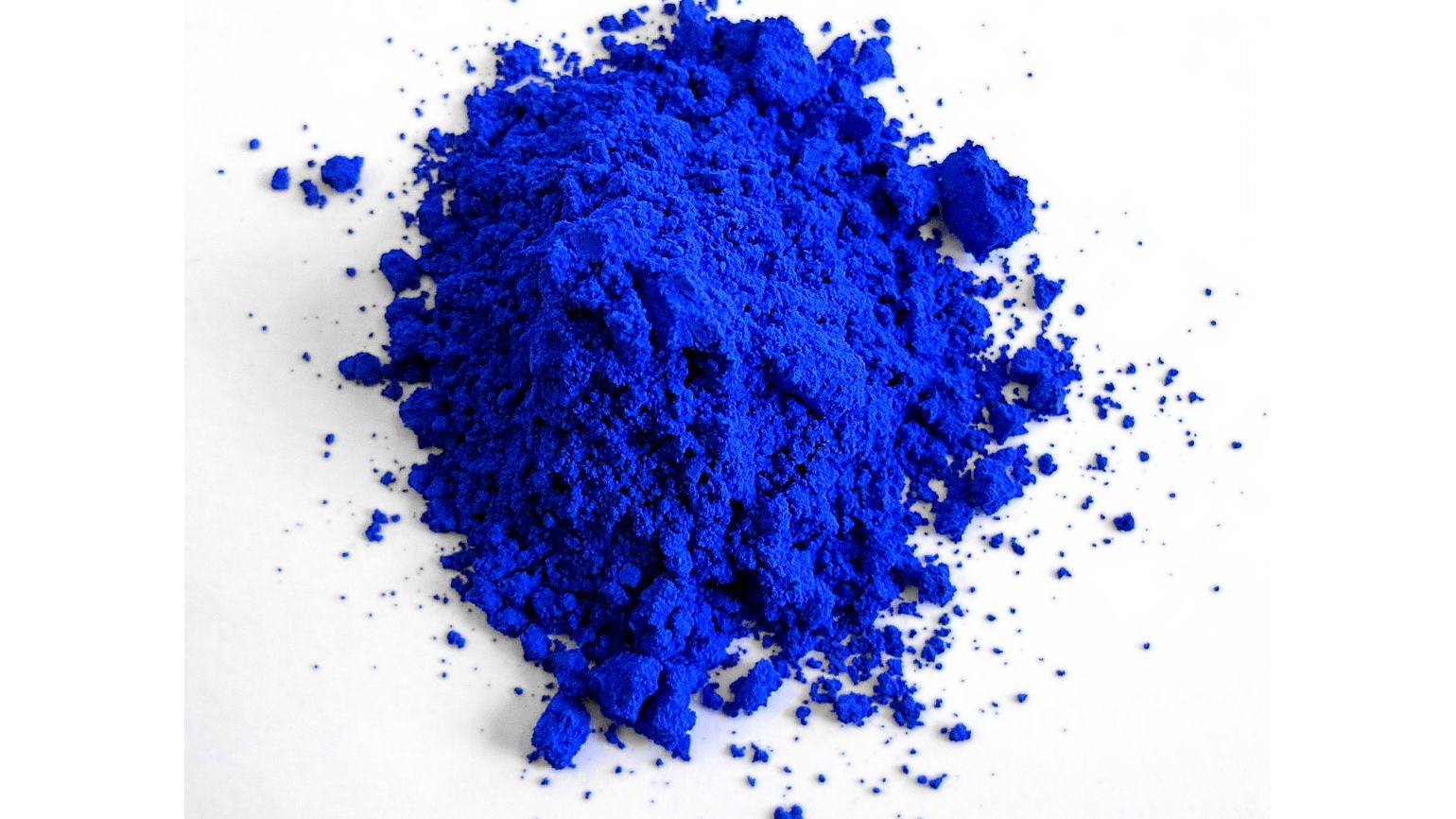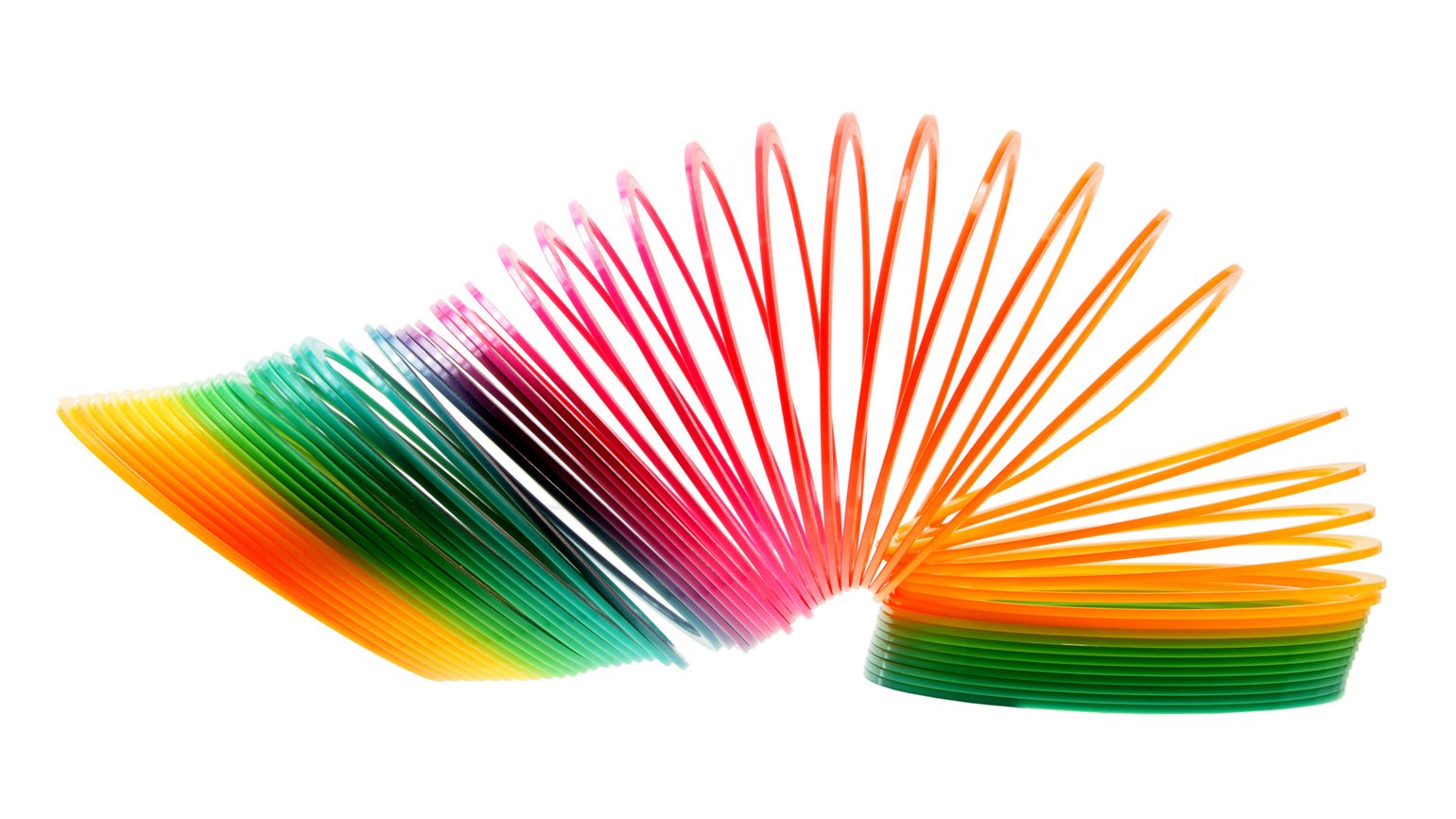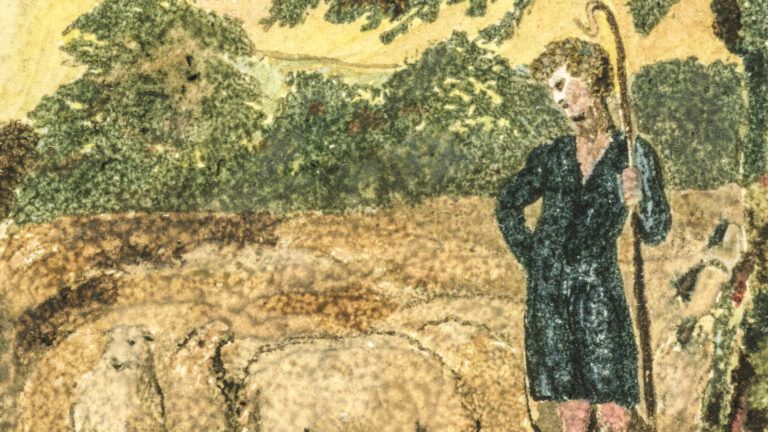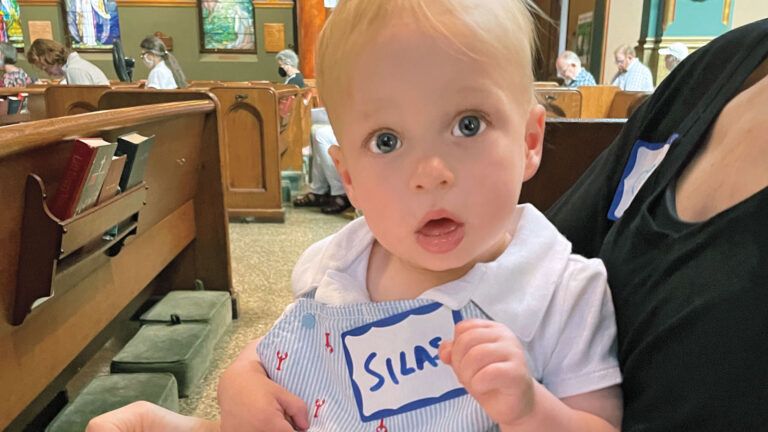Post-it Notes. Play-Doh. Penicillin. Some of the greatest (or most fun) discoveries in science have been completely accidental. In fact, it’s estimated that up to 50 percent of all scientific discoveries happen by chance. Or, is it something else?

Witnessing Heaven Series
True Stories of Transformation from Near-Death Experiences
Join the extraordinary Witnessing Heaven series and take an unforgettable journey through the stories of real people, just like you, who took a miraculous journey to heaven and back. Some of the books in the series are:
- Book 1: Heavenly Encounters
- Book 2: Messages from Heaven
- Book 3: Transformed by Heaven
- Book 4: A Love Beyond Words
- Book 5: A Choir of Angels
- Book 6: Scenes from Heaven
- Book 7: A Joy Like No Other
- Book 8: A Glorious Light
- Book 9: In The Presence of Love
- Book 10: Wonders of Heaven
You can join the series and save $2 per book, or you can purchase each book individually.

